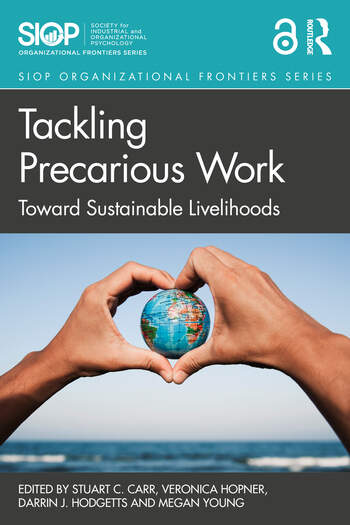Living wage values are normally calculated using the cost-of-living for a shopping basket, but they can also be seen as a test score threshold for meeting the cost-of-living. Extant research already demonstrates a critical but indeterminate wage range in functions linking (i) wage value to (ii) wage efficiency. This article outlines a protocol for inducting a more precise living wage price-point within that range, that delivers the most efficient marginal return beyond largely inefficient legal Minimum wages. The protocol was pilot tested with a recently archived dataset from a national study of wages and job satisfaction in two waves straddling the COVID-19 pandemic in New Zealand. We find the added precision from applying the protocol (if it had been used to set the living wage at the time), would have made a Just Noticeable Difference (JND) on the pass rate (helped more people to be job-satisfied rather than -dissatisfied).
To read the article in full, click this link: https://journals.sagepub.com/doi/full/10.1177/08863687251355658

